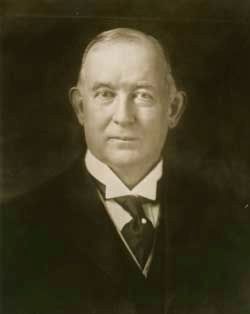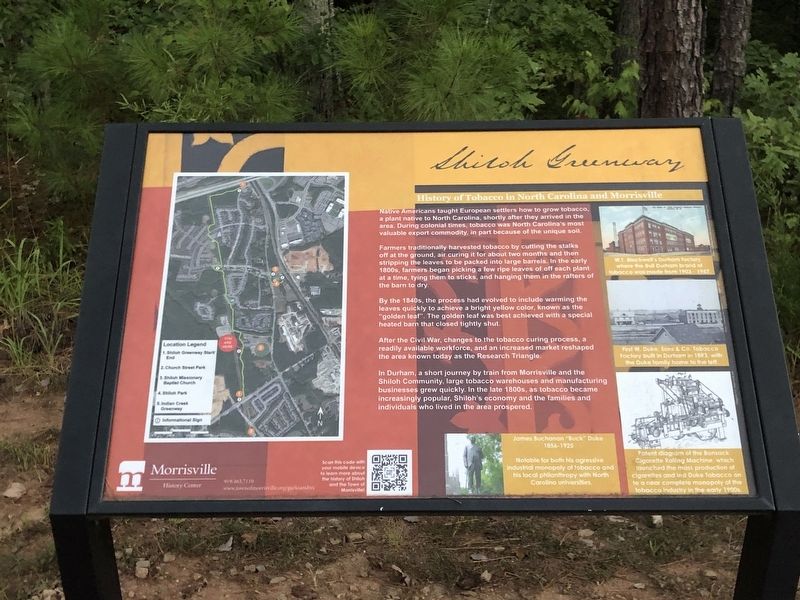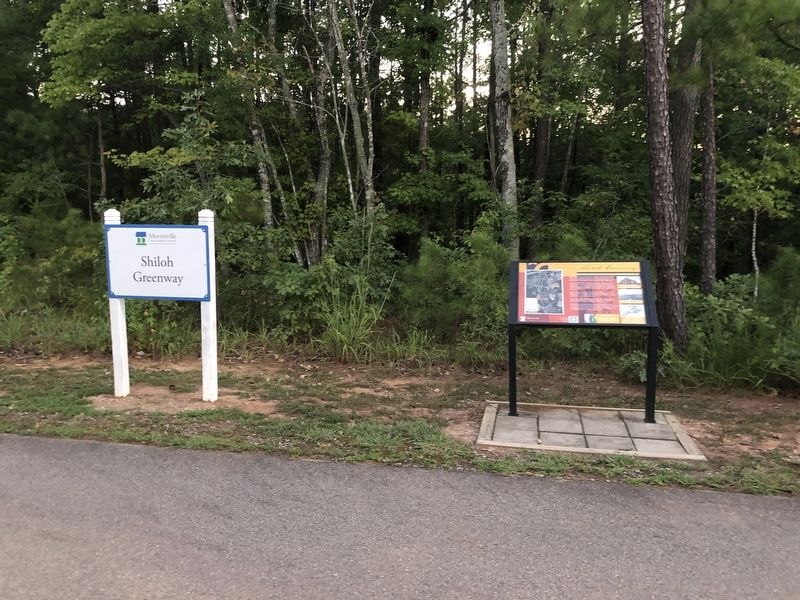Morrisville in Wake County, North Carolina — The American South (South Atlantic)
History of Tobacco in North Carolina and Morrisville
Inscription.
Native Americans taught European settlers how to grow tobacco, a plant native to North Carolina, shortly after they arrived in the area. During colonial times, tobacco was North Carolina's most valuable export commodity, in part because of the unique soil.
Farmers traditionally harvested tobacco by cutting the stalks off at the ground, air curing it for about two months and then stripping the leaves to be packed into large barrels. In the early 1800s, farmers began picking a few ripe leaves of off each plant at a time, tying them to sticks, and hanging them in the rafters of the barn to dry.
By the 1840s, the process had evolved to include warming the leaves quickly to achieve a bright yellow color, known as the “golden leaf”. The golden leaf was best achieved with a special heated barn that closed tightly shut.
After the Civil War, changes to the tobacco curing process, a readily available workforce, and an increased market reshaped the area known today as the Research Triangle.
In Durham, a short journey by train from Morrisville and the Shiloh Community, large tobacco warehouses and manufacturing businesses grew quickly. In the late 1800s, as tobacco became increasingly popular, Shiloh's economy and the families and individuals who lived in the area prospered.
[Captions (clockwise from top right)]
• W.T. Blackwell's Durham factory, where the Bull Durham brand of tobacco was made from 1903 to 1957
• First W. Duke, Sons & Co. tobacco factory built in Durham in 1883, with the Duke family home to the left.
• Patent diagram of the Bonsack Cigarette Rolling Machine, which launched the mass production of cigarettes and led Duke Tobacco on to a near complete monopoly of the tobacco industry in the early 1900s.
• James Buchanan “Buck” Duke 1856-1925 Notable for both his aggressive industrial monopoly of tobacco and his local philanthropy with North Carolina universities.
Topics. This historical marker is listed in these topic lists: Agriculture • Industry & Commerce. A significant historical year for this entry is 1803.
Location. 35° 50.728′ N, 78° 50.723′ W. Marker is in Morrisville, North Carolina, in Wake County. Marker can be reached from Cricket Pitch Way, 0.2 miles west of Church Street (North Carolina Road 1637), on the left when traveling west. Marker is on Shiloh Greenway, behind the tennis courts at Church Street Park. Touch for map. Marker is at or near this postal address: 5821 Cricket Pitch Wy, Morrisville NC 27560, United States of America. Touch for directions.
Other nearby markers. At least 8 other markers are within one mile of this marker, measured as the crow flies. Shiloh (approx. 0.3 miles away); Shiloh Community (approx. half a mile away); a different marker also named Shiloh
(approx. half a mile away); a different marker also named Shiloh Community (approx. half a mile away); The Tobacco Barn (approx. half a mile away); a different marker also named The Tobacco Barn (approx. half a mile away); Shiloh Leaders (approx. half a mile away); a different marker also named Shiloh (approx. one mile away). Touch for a list and map of all markers in Morrisville.
Also see . . .
1. Old Bull Building - Blackwell's Bull Durham/American Tobacco Company. His factory building (which would later be known as "Old Bull") was completed in 1874. (Open Durham) (Submitted on September 16, 2023, by Duane and Tracy Marsteller of Murfreesboro, Tennessee.)
2. W. Duke, Sons and Company. In 1874 Washington Duke decided to abandon farming altogether and to follow his oldest son, Brodie L. Duke, to the fast-growing new town of Durham. There the Dukes joined a number of other small tobacco manufacturers who hoped to grow rich in the business. (Robert F. Durden, Encyclopedia of North Carolina via NCPedia, 2006) (Submitted on September 16, 2023, by Duane and Tracy Marsteller of Murfreesboro, Tennessee.)
3. James Albert Bonsack. Wikipedia

via Duke University Libraries (Public Domain)
3. James Buchanan "Buck" Duke (1856-1925)
His ruthless business tactics propelled his American Tobacco Co. to a near-total cigarette monopoly and made him extremely wealthy in the early 1900s. He used his wealth to benefit hospitals, child-care facilities, churches and institutions of higher learning such as Trinity College – which changed its name to Duke University in his honor.
Credits. This page was last revised on September 16, 2023. It was originally submitted on September 16, 2023, by Duane and Tracy Marsteller of Murfreesboro, Tennessee. This page has been viewed 49 times since then and 15 times this year. Photos: 1, 2, 3. submitted on September 16, 2023, by Duane and Tracy Marsteller of Murfreesboro, Tennessee.

